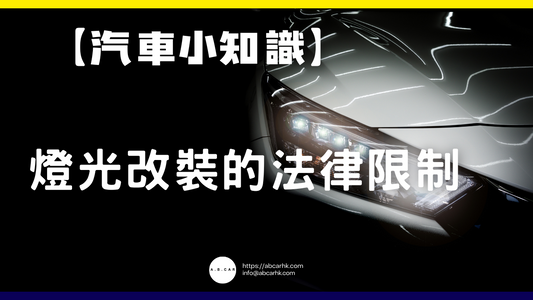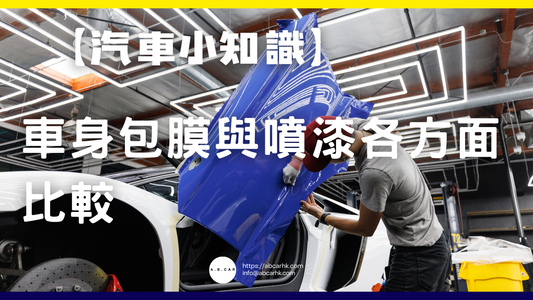A detailed introduction to the latest features of ChatGPT-5.
🤖 A comprehensive analysis of GPT-5's latest features
My current system is based on the GPT-5 architecture . Compared with the previous GPT-4/GPT-4 Turbo, there are several obvious upgrade directions:
1. More accurate language understanding and generation
-
Improved ability to understand long texts
- GPT-5 can process longer inputs (hundreds of thousands of words) at a time and analyze long documents, contracts, and research reports without interruption.
-
Contextual memory is more stable
- You can better remember the details discussed previously during the conversation, and it is not easy to forget the key points in long-term conversations.
-
Multilingual performance is more natural
- The recognition rate for mixed Chinese and English input (commonly used by Hong Kong people) is higher, and the generated tone is closer to local usage.
2. Multimodal Capabilities
-
Text + Image Processing
- In addition to text, GPT-5 can directly understand the content of images (for example, analyzing a car photo, reading screenshot text, and helping you interpret charts).
-
Combined generation capabilities
- You can generate image sketches based on text descriptions (the corresponding module must be enabled).
-
Support for more sensory data in the future
- OpenAI is testing its ability to process audio and video, such as listening to recordings and directly sorting out the key points.
3. Reasoning and logic upgrade
-
Stronger logical chain
- It performs more stably in scenarios requiring rigorous logic, such as mathematical calculations, legal interpretation, and program debugging, reducing occasional random reasoning by GPT-4.
-
Transparency of multi-step reasoning (Chain of Thought)
- GPT-5 can be asked to demonstrate its thinking process to facilitate verification of logical correctness.
4. Personalization and persistent memory
-
Long-term memory (in long-term beta testing)
- It can remember user long-term preferences, such as writing style, common formats, and topics of interest.
-
Customize your character
- Users can set GPT-5's tone, identity, and knowledge scope, such as "Hong Kong editor", "professional lawyer", and "data analyst".
5. Tool and plug-in integration
-
Built-in Code Interpreter (advanced data analysis)
- It can directly process Excel, CSV, JSON and other data to generate charts and statistical analysis.
-
Browsing
- With browsing permissions enabled, you can search for the latest online information in real time (depending on the functionality of the application platform).
-
Third-party plugin support
- For example, flight query, map navigation, stock data, etc., real-time connection to external API.
6. More flexible output format
-
Complex structure output
- It can directly generate multiple formats such as JSON, HTML, Markdown, LaTeX, etc., which is convenient for developers and content creators.
-
Multiple versions of replies
- You can provide several answers from different styles or angles at once to facilitate comparison.
-
Controllable tone and length
- More precise control over reply word count, formality, sense of humor, etc.
7. Performance and cost optimization
-
Improved computing efficiency
- The response speed is faster than GPT-4, especially for long text generation.
-
Smarter resource scheduling
- For simple questions, it answers quickly with less computing resources; for complex tasks, it automatically calls high-precision mode.
📌 Editor's actual test experience
After using it for a while, I feel that the biggest advantages of GPT-5 are:
- More in tune with local context : The words used to describe Hong Kong place names, transportation, and culture are more natural.
- Stable processing of long documents : tens of thousands of words of information can be analyzed at once without interruption.
- Reasoning is more reliable : Data analysis and interpretation of legal texts are less error-prone than before.
- Multimodal practicality : Image understanding is particularly helpful for data organization and business analysis.
🔮 Possible future updates
- A more complete long-term memory system (remembers your conversation history over the years)
- Instant voice conversation function (low latency)
- More accurate video and multimedia analysis
- A more open plugin ecosystem (connecting to more local services)
📊 GPT Series Feature Upgrade Comparison Table
| Functional scope | GPT-3.5 | GPT-4 / GPT-4 Turbo | GPT-5 (latest) |
|---|---|---|---|
| Language understanding accuracy | Generally, conversations flow smoothly, but long texts tend to lose focus. | Better understanding of complex sentences and support for more languages | Long articles have more stable logic and high recognition of mixed Chinese and English texts (suitable for Hong Kong use) |
| Contextual Memory | Can memorize thousands of words | Memory range expanded, but long conversations are still forgotten | Can handle conversations of hundreds of thousands of words, with stable memory of details |
| Multimodal capabilities | Only supports text | Text + image input (analyze images) | Text + image input is more accurate, and audio and video will be tested in the future |
| reasoning ability | Simple logical reasoning | Improved complex reasoning skills, but with occasional errors | Multi-step reasoning is more reliable and can demonstrate the thinking process |
| Personalization function | No persistent memory | You can set the tone and role, but in the short term | Test long-term memory, which can remember user preferences and historical conversations |
| Tool Integration | No built-in plugins | Support Code Interpreter and web browsing (some platforms) | Smoother tool integration and support for more third-party APIs |
| Output format | Text-based | Markdown, simple JSON | Highly structured output (JSON, HTML, LaTeX, etc.) |
| Spawn Speed | Faster, but slower for complex tasks | Turbo version is faster | The speed of long article generation is improved, and resource scheduling is more intelligent |
| Localized performance | Neutral Standard Chinese | Can use traditional Chinese, the spoken language is average | Supports Hong Kong local terms and cultural background to be more relevant |
| Applicable Scenarios | Basic conversation and simple writing | Professional copywriting, programming, and academic assistance | Professional research, business analysis, multimedia processing |
🌟 Editor's summary
- GPT-3.5 : Suitable for general conversations and entry-level writing. It has fast speed but limited depth of understanding.
- GPT-4 : Greatly improves professionalism and is suitable for high-precision needs in business, law, programming, etc.
- GPT-5 : An all-round upgrade, especially in long-text processing, localization, multimodality, and reasoning capabilities , making it particularly friendly to Hong Kong users.
Editor's Quote : If GPT-3.5 is a "friend who knows how to talk", GPT-4 is a "consultant with professional knowledge", and GPT-5 is already a "personal assistant who knows multiple skills and remembers your preferences".




